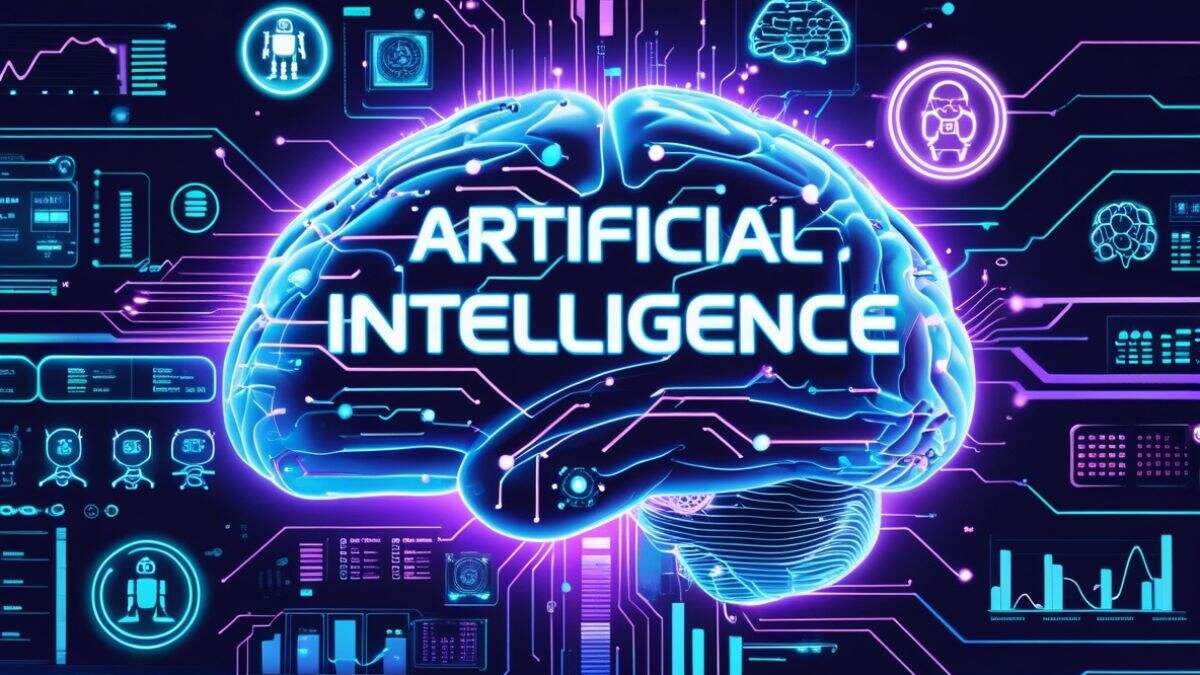In order to overcome limitations like skilling, restricted market access, and financial instability, the goal suggests using AI, blockchain, immersive learning, and other cutting-edge technology.
The goal of the national initiative Mission Digital ShramSetu, put out by the public policy think tank NITI Aayog, is to make artificial intelligence (AI) effective, inexpensive, and accessible to 49 crore workers in the informal sector.
The mission seeks to equip informal workers with tools and platforms that amplify skill, increase productivity, and ensure dignity in work by utilizing AI, blockchain, immersive learning, and other cutting-edge technologies to eliminate barriers like limited market access, financial insecurity, and skilling.
Speaking at the report’s release, NITI Aayog CEO BVR Subrahmanyam emphasized that cooperation is essential and cannot be compromised.
Collaboration is not negotiable if we are serious about improving the lives of India’s 490 million informal laborers. This objective requires cross-functional activity, ranging from targeted research and development that lowers the cost of frontier technologies to creating a long-lasting innovation ecosystem especially for the unorganized sector to skilling and reskilling on a large scale. We can only guarantee that our objective results in not just technological adoption but also genuine, long-lasting empowerment by bringing together the government, business, academia, and civil society, said Subrahmanyam.
According to Subrahmanyam, the informal sector in India accounts for about half of the country’s GDP but is still not included in the official systems of opportunity, protection, and productivity.
The suggested mission places a strong focus on fostering inclusiveness via cooperation between the public sector, private sector, academic institutions, and civil society. According to the paper, “AI will only be a genuine equalizer if it can bring the millions of people on the fringes into the center of India’s development narrative and make the Viksit Bharat 2047 vision a reality.”
The blueprint also emphasized how expensive delays are. If present trends continue, the average yearly income of informal laborers would remain stagnant at $6,000 by 2047, much below the $14,500 threshold required to achieve high-income status for India. “To prevent leaving millions behind and undermining India’s economic narrative, immediate, concerted action is necessary,” the study said.
“Empowering India’s informal workers is not simply an economic goal, it is a moral necessity,” said Jayant Chaudhary, Minister of State (Independent Charge) for Education and Skill Development and Entrepreneurship.
The objective of digitally skilling workers in AI is in line with our national skilling agenda since it makes use of AI and cutting-edge technologies to make learning flexible, demand-driven, and accessible. This objective will guarantee that every worker, whether a farmer, artisan, or healthcare assistant, has the abilities, resources, and opportunities required to prosper in the future digital economy by uniting government, business, and civil society,” MoS Chaudhary said.
AI will not change the unorganized sector on its own, according to Debjani Ghosh, Distinguished Fellow at NITI Aayog and Chief Architect of the Frontier Tech Hub. “We cannot ignore the 490 million workers who drive our economy on a daily basis if we are to meet our $30 trillion Viksit Bharat 2047 goal. AI will not change people lives on its own; we must consciously create the ecosystem and roadmap that make these technologies available and cheap,” she said.

